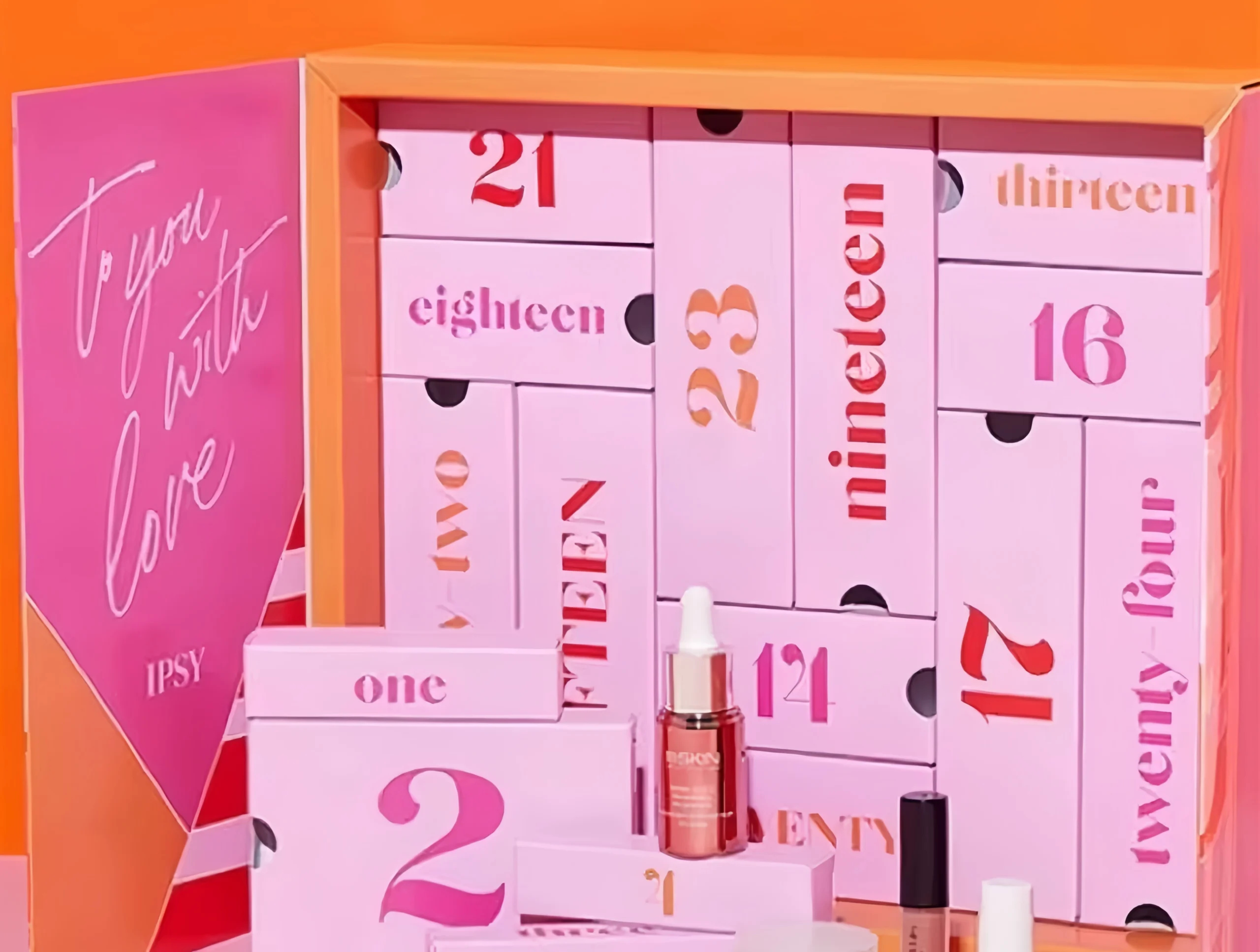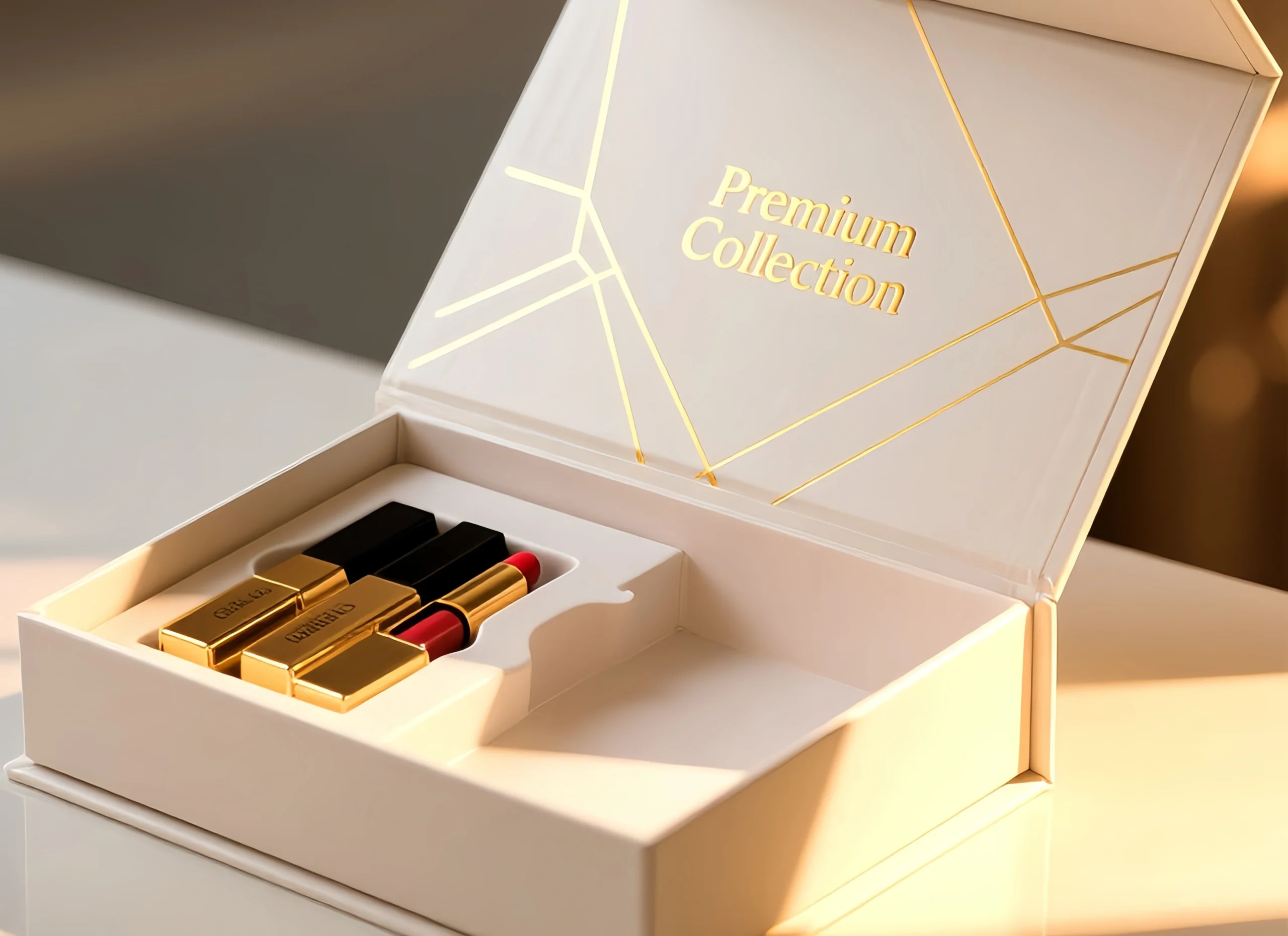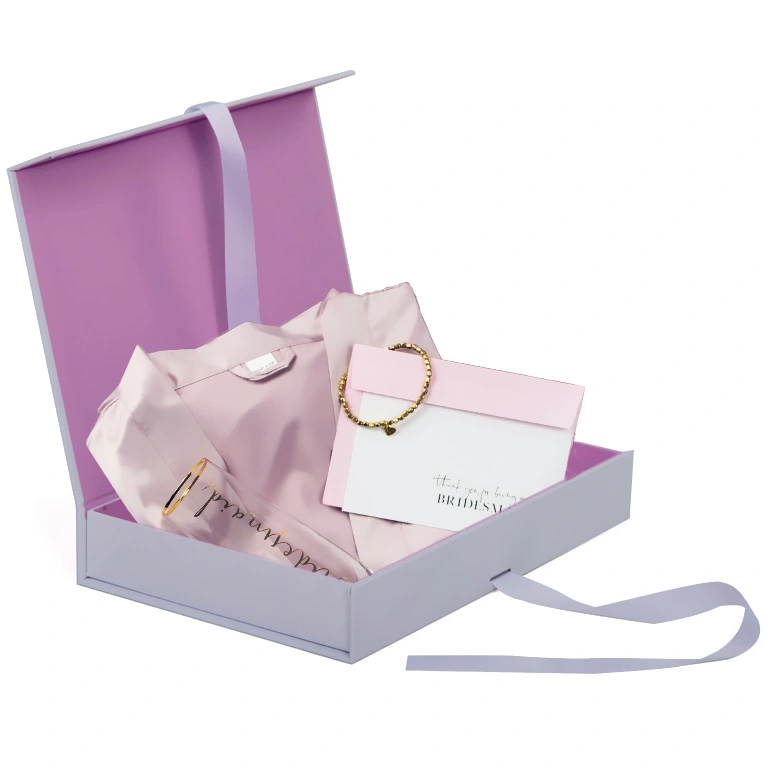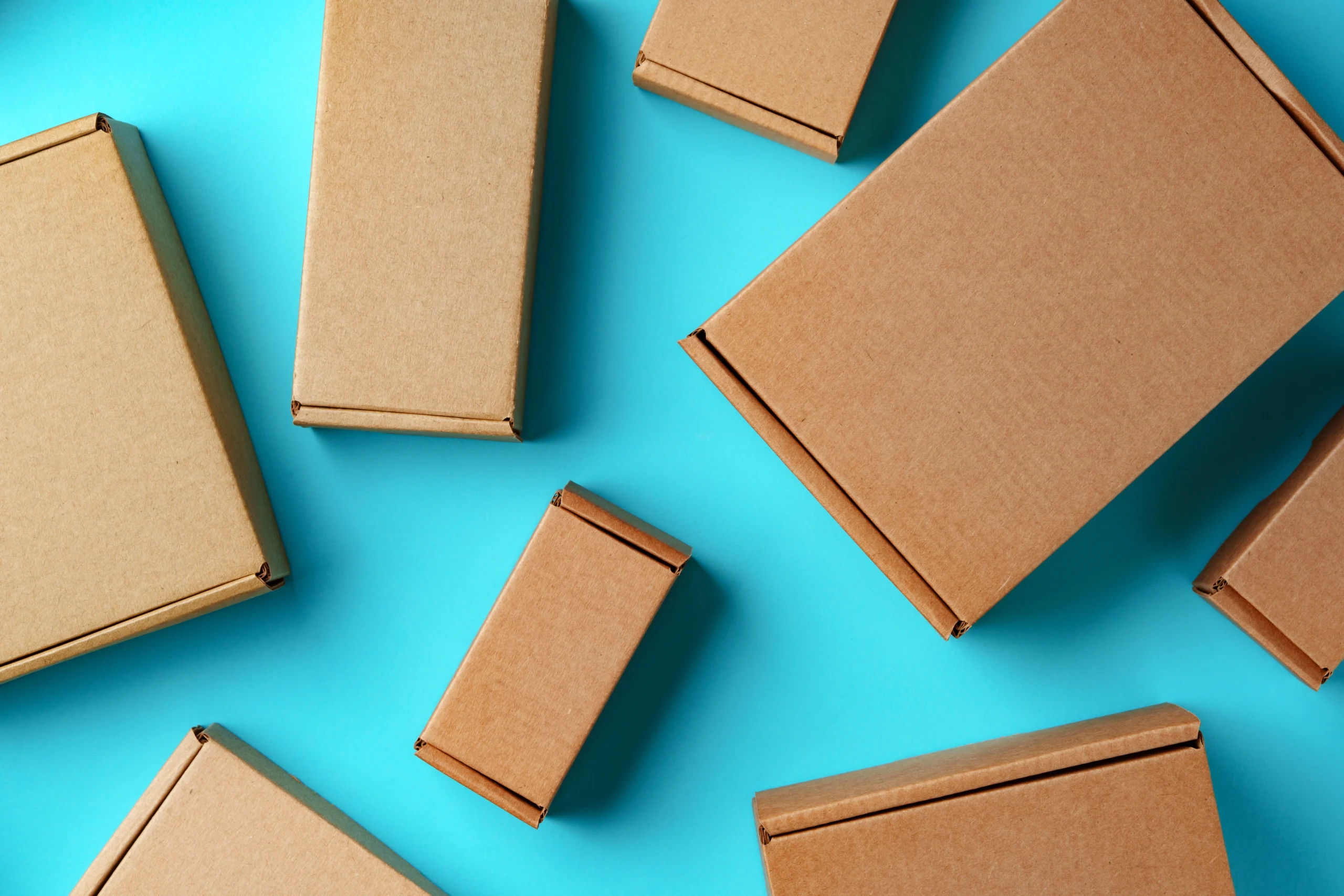In today’s commercial landscape, packaging serves not only as a protective solution but also as a critical touchpoint for brand communication and customer experience enhancement. Among packaging materials, packaging paper stands out for its eco-friendliness, cost-effectiveness, and versatility, making it a preferred choice across industries.
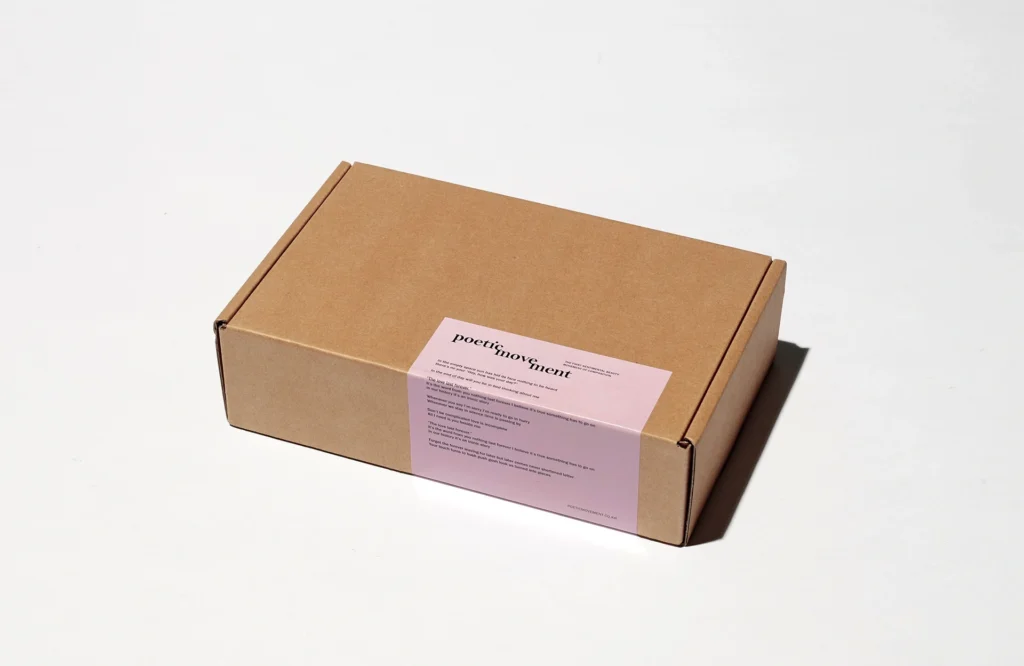
This comprehensive guide explores:
✅ Types of Packaging Paper – Key characteristics and applications
✅ How to Choose the Right Packaging Paper – Material science meets business needs
✅ Professional Packaging Techniques – From folding to finishing
✅ Industry-Specific Applications – Tailored solutions for retail, e-commerce, and luxury sectors
1.Types and Characteristics of Packaging Paper
The packaging paper market offers a diverse range of specialized materials, each with unique compositions, performance attributes, and ideal application scenarios. Understanding this classification system enables businesses to make precise material selections tailored to their specific product requirements.
Kraft paper
Kraft paper is a strong packaging material made from long wood fibers, offering excellent durability and eco-friendly benefits. Its tight structure provides superior tear resistance, making it ideal for shipping heavy items like machinery parts and glass bottles. Available in 80-300gsm weights (thicker means stronger).
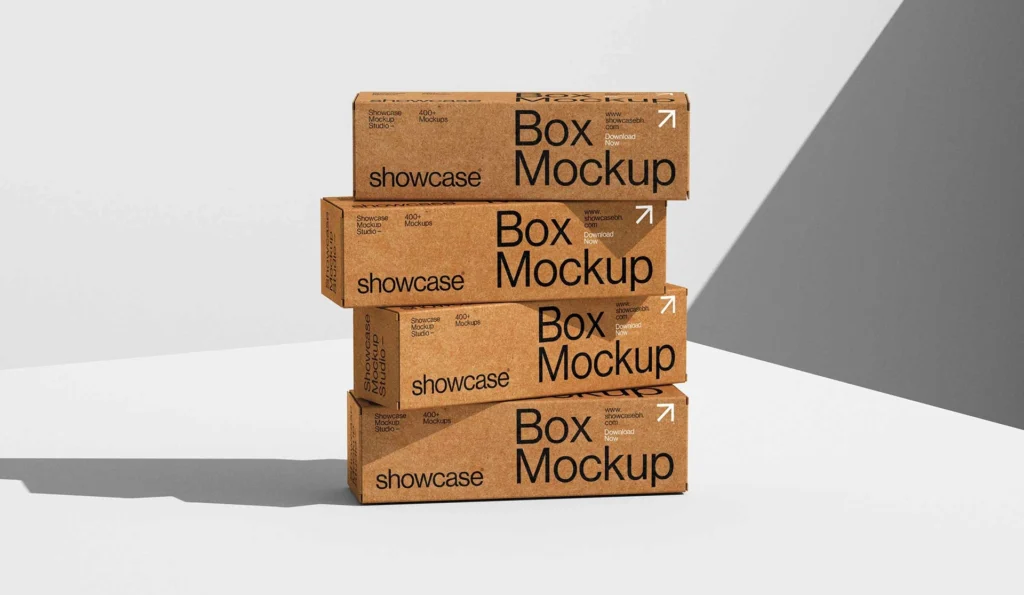
The specially calendered surface resists scratches and punctures, protecting fragile items. PE coating can be added for waterproofing, perfect for cold chain packaging. Crumbled kraft paper also works as cushioning to replace foam.
This unbleached, natural material is 100% recyclable and compostable, meeting EN13432 standards. With 60% lower carbon footprint than plastic and FSC certification, it complies with programs like Amazon’s Climate Pledge. Studies show 73% of consumers prefer kraft paper packaging.
Widely used for shipping envelopes, heavy-duty bags, and industrial packaging, it’s also popular for luxury retail and food packaging (FDA-approved). Its natural look pairs well with twine and wax seals for premium unboxing experiences.
Customizable with screen printing, foil stamping (using eco-friendly soy ink), and die-cutting into various box styles like self-locking bases. The perfect balance of protection and sustainability.
White cardboard
White cardboard is a premium packaging material featuring a coated surface that delivers exceptional print quality, supporting advanced techniques like CMYK, Pantone, foil stamping and UV coating for precise brand logos and artwork. Available in glossy (vibrant colors for cosmetics), matte (elegant finish for electronics) and soft-touch (luxury feel) variants, it offers 200-400gsm weights for optimal protection – heavier grades (300+gsm) for rigid boxes, lighter (under 250gsm) for folding bags.

This FSC-certified material contains 30-100% recycled fibers, meeting EU REACH and FDA standards, and pairs well with eco-friendly water-based inks. Ideal for luxury packaging (perfume, jewelry), electronics and cosmetics cases, it enables premium finishing options like embossing and magnetic closures to create memorable unboxing experiences favored by high-end brands.
Corrugated cardboard
Corrugated cardboard is an eco-friendly packaging material composed of linerboard and fluted corrugated medium, delivering exceptional cushioning and compressive performance. Key specifications include:
Flute Types:
A-flute (optimal cushioning)
B-flute (high compressive strength)
C-flute (balanced performance)
E/F-flute (fine printing suitability)
Strength Metrics:
Edge Crush Strength (ECS): 4–15 kN/m
Burst Strength: ≥200 kPa
Sustainability:
Made with ≥90% recycled fiber content
FSC® and ISO 14001 certified
Reduces carbon emissions by 50% compared to plastic packaging

Applications:
E-commerce logistics: RSC (Regular Slotted Container) and FOL (Full Overlap) box styles
Industrial packaging: Heavy-duty AA-flute configurations
Retail displays: High-resolution printed E/F-flute boards
Customization: Supports pre-printing, UV coating, and structural innovations like self-locking bottom boxes. Combines lightweight advantages (30–50% lighter than wooden crates) with cost efficiency, making it the premier solution for transport packaging.
Grey board
Grey board is a high-density, rigid paperboard material made from a multi-layer composite structure, typically consisting of a surface layer (white or grey), a core layer made of 100% recycled fibers, and a backing layer. Its density ranges from 0.8 to 1.2 g/cm³, with thicknesses between 0.3 and 3.0 mm. Grey board features excellent stiffness (bending strength ≥ 15 N·m) and dimensional stability (moisture content 6 ± 2%). The surface smoothness is ≥ 50 seconds (Bekk method), and whiteness is ≥ 85% (ISO standard), supporting fine printing techniques such as offset printing and hot stamping.
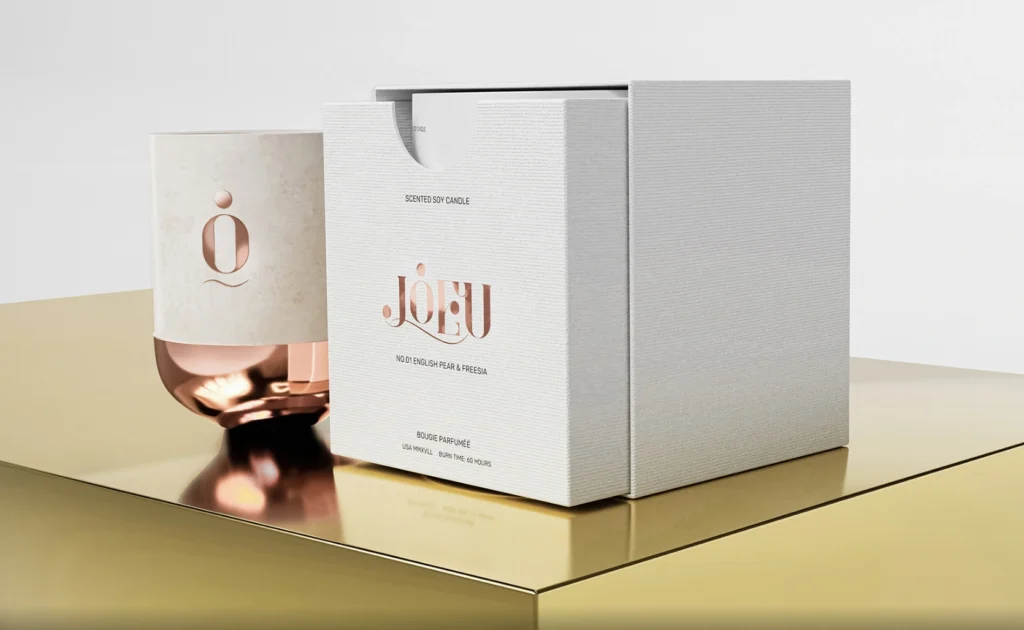
Grey board is the ideal substrate for manufacturing high-end rigid boxes. Boards with thicknesses between 1.0 and 2.0 mm are especially suitable for premium hardcover book covers, luxury gift boxes, and other packaging requiring high structural strength. It can be processed into various box styles through die-cutting and creasing. Its superior resistance to deformation ensures that boxes maintain a crisp and sturdy shape over long-term use.
Certified by FSC, some grey board products contain 30–100% recycled fibers, meeting the growing demand for environmentally friendly packaging.
2.How to Choose the Right Packaging Paper
Selecting the appropriate packaging paper is a critical decision that directly impacts product protection, brand perception, and sustainability goals. A comprehensive evaluation must consider the product’s physical characteristics, the primary purpose of the packaging, brand positioning, and environmental responsibility. Balancing these factors ensures that the packaging not only safeguards the product but also enhances the overall brand value and meets modern market expectations.
(1)Product Characteristics
Weight and Size
The physical dimensions and weight of the product are fundamental in determining the strength and type of packaging paper required.
For heavy or bulky products, materials like kraft paper or corrugated cardboard are preferred due to their superior tensile strength and durability. These papers provide the necessary structural integrity to withstand handling, stacking, and transportation stresses without compromising the product’s safety.
For lightweight or compact items, coated white cardboards or colored wrapping papers offer the advantage of combining protection with aesthetic appeal. Their smoother surfaces facilitate high-quality printing, making them ideal for retail packaging where visual impact is crucial.
Fragility
Fragile products require packaging solutions that provide enhanced shock absorption and cushioning. Corrugated paper with appropriate flute profiles (e.g., B-flute or C-flute) combined with internal padding materials such as bubble wrap or foam inserts is essential to mitigate the risk of damage during transit. The packaging paper must be compatible with these protective layers and maintain its integrity under pressure.
(2) Packaging Purpose
Protection Priority
When the primary goal is to ensure the product’s safety during shipping and storage, the choice should lean towards thicker, more robust packaging papers. These materials resist tearing, puncturing, and compression, thereby minimizing product loss and return rates. Examples include multi-wall kraft papers or heavy-duty corrugated boards designed for industrial or e-commerce logistics.
Visual Marketing and Brand Differentiation
Packaging also serves as a silent salesperson on retail shelves or during unboxing experiences. For this reason, colored packaging papers and high-grade coated white cardboards are favored when the objective is to attract consumer attention and communicate brand values. These materials support advanced printing techniques such as offset, digital, embossing, and foil stamping, enabling vibrant graphics and tactile finishes that elevate perceived product quality.
(3) Brand Image Alignment
The tactile feel, color fidelity, and print quality of packaging paper significantly influence consumer perceptions of a brand’s professionalism and quality standards. Premium brands often invest in packaging papers with finer textures, higher brightness, and superior print receptivity to convey luxury and exclusivity. Additionally, custom finishes such as soft-touch coatings or spot UV varnishes can reinforce brand identity and create memorable customer interactions. Conversely, brands emphasizing simplicity and sustainability may opt for natural kraft papers with minimalistic designs to reflect authenticity and environmental consciousness.
(4) Environmental Considerations
Sustainability has become a decisive factor in packaging selection, driven by regulatory pressures and evolving consumer preferences. Choosing packaging papers made from recycled fibers, biodegradable materials, or those certified by recognized bodies such as FSC (Forest Stewardship Council) and PEFC (Programme for the Endorsement of Forest Certification) demonstrates a brand’s commitment to environmental stewardship. These eco-friendly papers help reduce carbon footprints and waste, often achieving up to a 50% reduction in CO2 emissions compared to plastic alternatives. Moreover, transparent communication of these green credentials on packaging can enhance brand loyalty among environmentally conscious customers.
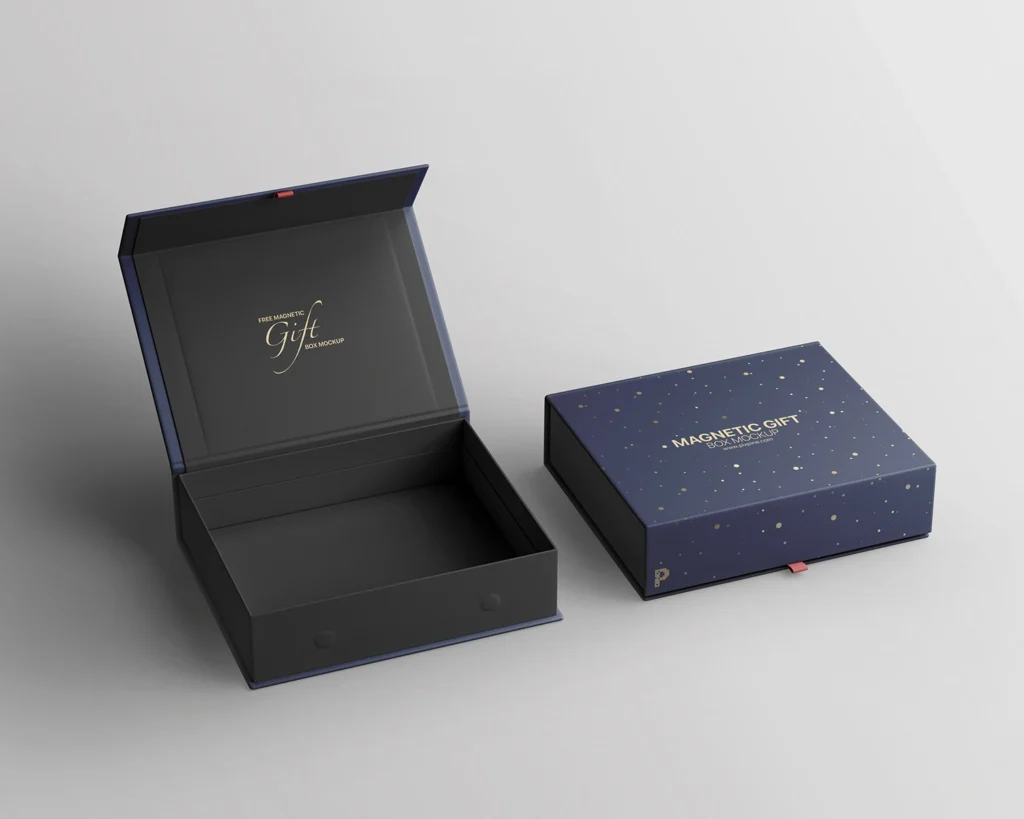
3.Professional Packaging Paper Application Techniques
Mastering scientifically proven packaging techniques not only improves packaging efficiency and aesthetics but also enhances product protection and elevates the overall customer experience. Below are key professional practices to optimize your packaging process.
(1) Precise Cutting
Accurate Measurement: Begin by carefully measuring the product dimensions—length, width, and height—to determine the exact size of packaging paper needed.
Allowance Margin: Always add an extra 2 to 3 centimeters of paper beyond the product size to ensure full coverage and ease of folding. This margin prevents gaps and allows for secure adhesion.
Cutting Tools: Use professional cutting equipment such as rotary cutters, guillotine cutters, or die-cutting machines to achieve clean, straight edges. Precise cutting reduces material waste and ensures neat, professional-looking packaging.
Consider Material Thickness: Thicker papers or boards require sharper blades and more careful handling to avoid frayed edges or uneven cuts.
(2) Standard Folding and Adhesion
Crisp, Symmetrical Creases: When folding the packaging paper, ensure fold lines are sharply creased and symmetrical. Proper folding prevents unsightly wrinkles and maintains the structural integrity of the package.
Use of Scoring and Creasing: For thicker or coated papers, pre-scoring fold lines with a creasing tool reduces fiber breakage and enables clean folds without cracking.
Adhesive Selection: Opt for double-sided tape or transparent packaging tape to secure folds. These adhesives provide strong bonding without excess residue. Avoid overusing liquid glue, as it can cause warping, staining, or weakening of the paper’s surface.
Alignment: Align edges precisely before fixing to maintain a clean, professional finish.
(3)Cushioning and Protection
Internal Padding: For fragile or sensitive products, incorporate cushioning materials such as bubble wrap, foam pellets, or biodegradable fillers inside the packaging paper wrap. This layer absorbs shocks and vibrations during handling and transport.
Multi-layer Protection: Combine packaging paper with corrugated cardboard boxes or rigid grey boards to create a multi-layered protective system that balances lightness and strength.
Compatibility: Ensure the cushioning materials and packaging paper are compatible in terms of size and flexibility to avoid compression or displacement.
(4) Decoration and Brand Customization
Visual Enhancements: Add decorative elements such as ribbons, branded labels, custom printed patterns, or embossed logos to elevate the packaging’s visual appeal and brand recognition.
Printing Techniques: Utilize advanced printing methods compatible with your packaging paper—offset printing, digital printing, foil stamping, embossing, or UV coating—to achieve high-resolution, vibrant designs that reflect brand identity.
Tailored Designs: Develop packaging styles that align with your brand’s tone and target audience, creating a memorable unboxing experience that encourages repeat purchases and word-of-mouth promotion.
(5) Packaging Safety Considerations
Product Stability: Secure the product firmly within the packaging to prevent movement that could cause damage or deformation. Use inserts or partitions if necessary.
Food Safety Compliance: When packaging food items, select packaging papers that meet food-grade safety standards, such as FDA or EU regulations, to ensure hygiene and prevent contamination.
Environmental Conditions: Consider moisture, temperature, and handling conditions during storage and transit. Use moisture-resistant or coated papers if exposure to humidity is likely.
By applying these professional techniques, businesses can ensure that their packaging not only protects products effectively but also enhances brand image and customer satisfaction. Consistent quality and attention to detail in packaging processes contribute significantly to reducing product returns, improving shelf appeal, and fostering customer loyalty.
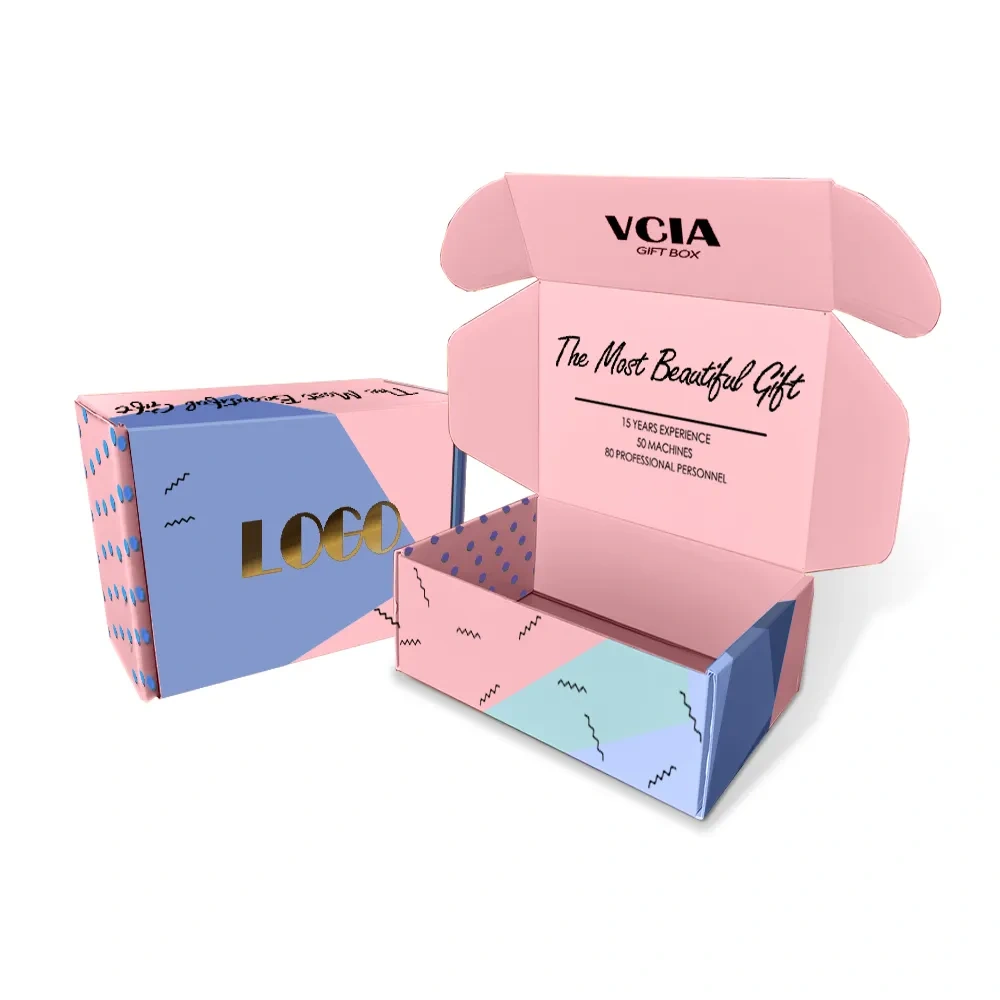
4. Typical Applications of Packaging Paper
(1) Gift Packaging
Gift packaging demands a balance of aesthetic appeal and emotional resonance. Selecting packaging paper with rich colors or refined textures can significantly elevate the perceived value of the gift.
Material Choice: Premium coated papers, textured white cardboards, or specialty colored wrapping papers provide a luxurious look and feel.
Complementary Elements: Incorporate accessories such as satin ribbons, custom-printed greeting cards, and branded tags to enhance the unboxing experience and convey thoughtfulness.
Design Considerations: Utilize printing techniques like foil stamping, embossing, or spot UV to add tactile and visual sophistication that aligns with the occasion and brand identity.
Consumer Impact: Well-executed gift packaging strengthens emotional connections, encourages gift-giving, and can increase repeat purchases.
(2)Food Packaging
Food packaging must prioritize safety, hygiene, and freshness while complying with regulatory standards.
Material Requirements: Use greaseproof, moisture-resistant, and food-grade certified packaging papers to prevent contamination and preserve product quality. Common materials include waxed paper, parchment paper, and specialized coated kraft papers.
Barrier Properties: Packaging papers with oil and moisture barriers protect against grease seepage and humidity, extending shelf life.
Regulatory Compliance: Ensure materials meet FDA, EU, or other relevant food safety certifications to guarantee consumer safety and legal compliance.
Sustainability: Increasingly, food packaging incorporates biodegradable or compostable papers to reduce environmental impact without compromising functionality.
(3) E-commerce and Logistics Packaging
The rapid growth of e-commerce demands packaging solutions that combine durability with brand differentiation.
Material Selection: Durable kraft paper and corrugated cardboard are preferred for their strength and cushioning properties, protecting products during shipping and handling.
Structural Design: Box styles such as Regular Slotted Containers (RSC) and Full Overlap (FOL) boxes offer optimized protection and stackability.
Branding Opportunities: Incorporate high-quality printing, custom inserts, and branded tape to enhance brand visibility and create a memorable unboxing experience.
Sustainability Focus: Use recyclable and recycled-content papers to align with consumer expectations and reduce carbon footprint.
(4) Handicraft and Artisan Packaging
Packaging for handmade or artisanal products should reflect uniqueness and craftsmanship.
Material Choices: Specialty handmade papers, textured stocks, or printed decorative papers emphasize artistry and individuality.
Customization: Incorporate personalized printing, hand-applied embellishments, or limited-edition packaging to highlight exclusivity.
Added Value: Thoughtful packaging elevates perceived product value, supports storytelling, and fosters customer loyalty in niche markets.
5. Conclusion
Packaging paper serves as a crucial interface between products and consumers, directly influencing both protection performance and brand perception. To achieve optimal results, businesses and individuals must adopt a strategic approach that considers product characteristics, packaging objectives, and brand positioning when selecting packaging materials. Combining this with professional packaging techniques ensures solutions that are both visually appealing and functionally robust.
Moreover, prioritizing environmentally responsible materials aligns packaging practices with the global shift towards sustainability, enhancing corporate social responsibility and meeting the growing consumer demand for green products.
In an increasingly competitive marketplace, superior packaging paper quality and craftsmanship are decisive factors that differentiate brands, foster customer trust, and drive business growth. Investing in innovative, sustainable, and well-executed packaging solutions is therefore essential for long-term success.



